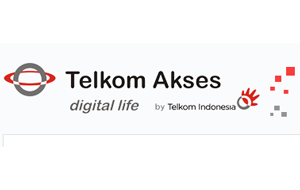Coriant outlined its vision for bringing a high degree of programmability, automation and control to multilayer, multi-vendor transport networks.
The Coriant Dynamic Optical Cloud will couple the company's metro-to-core packet optical networking capabilities with software-defined networking (SDN) intelligence.
Coriant cited several Dynamic Optical Cloud use cases that it has developed in partnership with Tier 1 operators around the world, including:
The Coriant Dynamic Optical Cloud includes the company's 7100 and hiT 7300 packet optical networking platforms, the 8600 mobile edge router, and a suite of applications, open orchestration and controllers. It also includes the new mTera Universal Transport platform.
Coriant said it is working to integrated third party routers into these use cases as an initial step toward multivendor implementation. The company is currently engaged in multiple customer trials and will be trialing the commercial offering in the third quarter of 2014.
“Coriant‘s Dynamic Optical Cloud solution reinforces our market leadership in end-to-end packet optical networking following the merger of Tellabs and Coriant,” said Pat DiPietro, Chief Executive Officer, Coriant. “With greater scale, deeper R&D resources and technology expertise, and an expanded portfolio of SDN-enabled products and capabilities, we are well positioned to be the preferred supplier to our customers as their network and service requirements evolve in a cloud-centric world.”
The Coriant Dynamic Optical Cloud will couple the company's metro-to-core packet optical networking capabilities with software-defined networking (SDN) intelligence.
Coriant cited several Dynamic Optical Cloud use cases that it has developed in partnership with Tier 1 operators around the world, including:
- Application-driven TaaS/bandwidth on demand
- Multilayer defragmentation
- Network analytics and workflow management
- Dynnamamic mobile backhaul resiliency
- Cloud-bursting
The Coriant Dynamic Optical Cloud includes the company's 7100 and hiT 7300 packet optical networking platforms, the 8600 mobile edge router, and a suite of applications, open orchestration and controllers. It also includes the new mTera Universal Transport platform.
Coriant said it is working to integrated third party routers into these use cases as an initial step toward multivendor implementation. The company is currently engaged in multiple customer trials and will be trialing the commercial offering in the third quarter of 2014.
“Coriant‘s Dynamic Optical Cloud solution reinforces our market leadership in end-to-end packet optical networking following the merger of Tellabs and Coriant,” said Pat DiPietro, Chief Executive Officer, Coriant. “With greater scale, deeper R&D resources and technology expertise, and an expanded portfolio of SDN-enabled products and capabilities, we are well positioned to be the preferred supplier to our customers as their network and service requirements evolve in a cloud-centric world.”




















